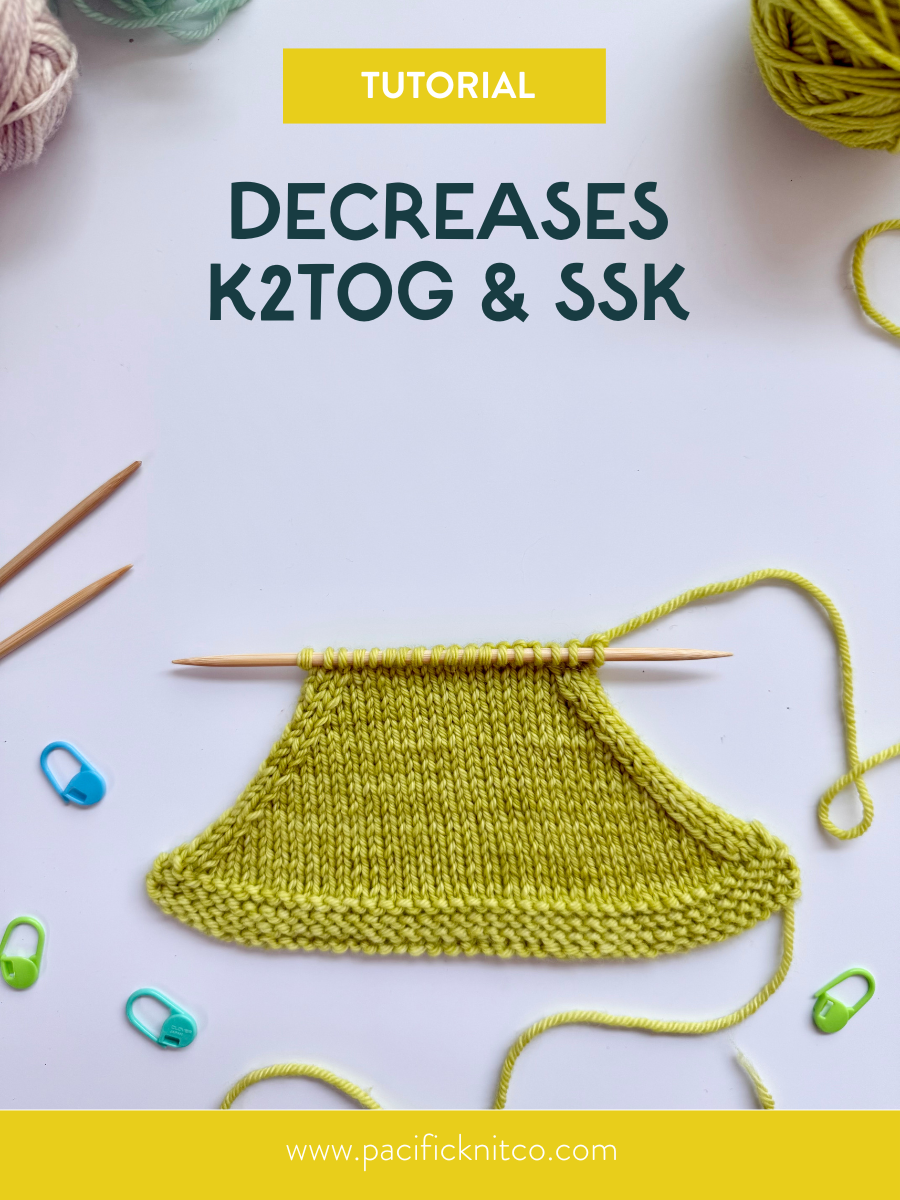Doodle Math: Row Gauge & Chart Height
Note: The examples here all use inches, but the same formulas can be used with centimeters without making any other changes.
Because the nature of a Doodle is the flexibility to play around with the different charts and get creative, you might find that you don't always have all of the information you're used to regarding how the finished knit will turn out. Doodle patterns are a perfect way to get creative - but we know that some knitters are more comfortable with just a bit more guidance.
There are two common numbers that we get asked about for Doodle project planning. First, "how tall will this chart be once it's knit up?" And second, "how many rows of charts can I stack up to have the project turn out the height/length that I want?"
Good news is: we did the math for you! Or, at least, we gave you formulas to use to make the math really easy.

STEP 1 Find your ROWS PER INCH
The first step for both of these math problems is the same: you need to find the 'rows per inch' based on your swatch. Once you know this number, you can plug it into the formulas in Option A or Option B to find the information you need. The more accurate you are with your swatch, the more accurate these numbers will be.
[rows in swatch] ÷ [inches in swatch] = [rows per inch]
Example:
If your swatch has 24 rows in 4 inches, the math is as follows:
[24 rows] ÷ [4 inches] = 6 rows per inch
New to swatching? Check out our post about Swatching Colorwork in the Round (and a full 'Swatching 101' post is coming soon!)
STEP 2 Use one of the following options to find the numbers you need
OPTION 1 Estimating chart height
If you want to estimate how tall a chart will be once it's knit up, use this option.
Start by finding your "rows per inch" using Step 1 above.
Next, divide the number of rows in your chart (per the pattern) by the "rows per inch" to find your chart height.
[number of rows in chart] ÷ [rows per inch] = [chart height in inches]
Example:
If I have a chart that is 17 rows, and I know my gauge is 6 rows per inch:
[17 rows] ÷ [6 rows per inch] = ~2.8 inches tall

OPTION 2 Estimating number of rows for desired height/length of project
If you want to figure out how many rows you can knit for your desired project height (so you can plan how many charts you can choose), use this option.
Start by finding your "rows per inch" using Step 1 above.
Note: remember, this is only the height of the colorwork section. Adding ribbing or other borders to the project will change the overall height.
Next, multiply your desired dimension by your "rows per inch" to find out how many rows of chart you can knit:
[desired height/length in inches] x [rows per inch] = [number of rows]
Example:
If I want to knit 10 inches of colorwork, and I know my gauge is 6 rows per inch:
[10 inches] x [6 rows per inch] = knit 60 rows
If you want to draw out your charts, now that you know exactly how many rows you need, go check out our FREE Blank Master Chart!

And that's it! With these few very simple equations, you have all the tools you need in order to get started with Doodle Math!
Happy Doodling!
Blog co-written by Jamie Lomax and Grey Lundy




